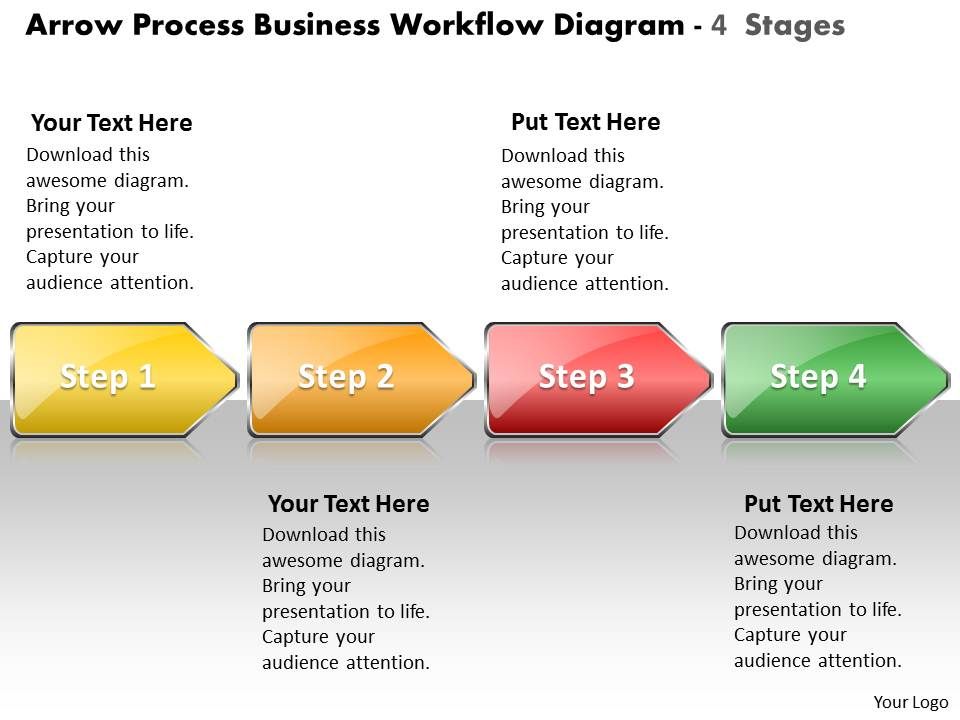

Unfortunately, there’s no Apple-provided way to make that System Preferences badge go away, so it constantly reminds the user that an update is waiting. Apple also pushes a notification-again, not something to protest as long as it doesn’t recur too frequently. Apple should be alerting users to the release of new versions of macOS. On the face of things, that’s not unreasonable. Most notable among these is how Apple badges the System Preferences icon in the Dock to indicate that a macOS update is available. Badges?īut some of the ways Apple encourages updates make using a Mac that’s not running the latest version of macOS a little less comfortable. Others are downright essential-if you don’t stay within two macOS releases behind Apple, your Mac could be exposed to significant security vulnerabilities that have been fixed in later releases. Some are technically justified-it’s unreasonable to expect Apple to forgo all forward motion on a system like Reminders, just so it can remain backward compatible forever. That becomes more true every year, particularly in the Apple world, where the company continually pesters users into upgrading in various ways. Implicit in the use of computer technology is the understanding that it will change, and you will have to go with the flow (see “ Why You Should Upgrade (On Your Own Terms),” 4 September 2015).



 0 kommentar(er)
0 kommentar(er)
